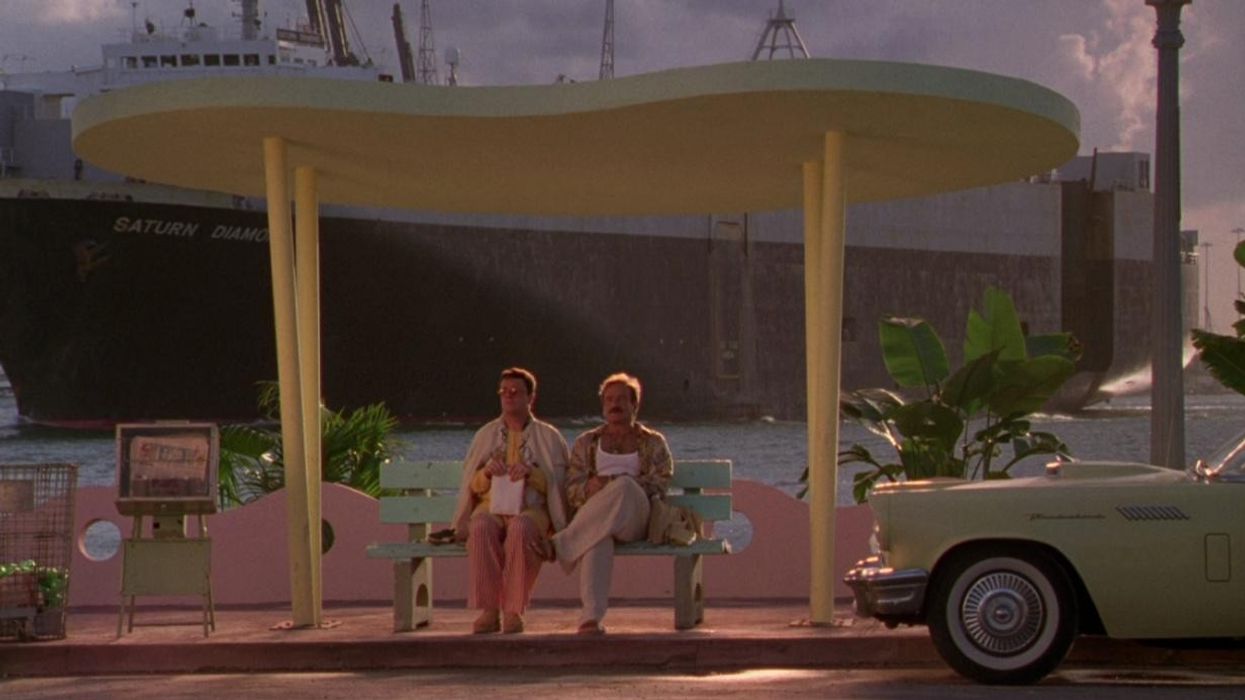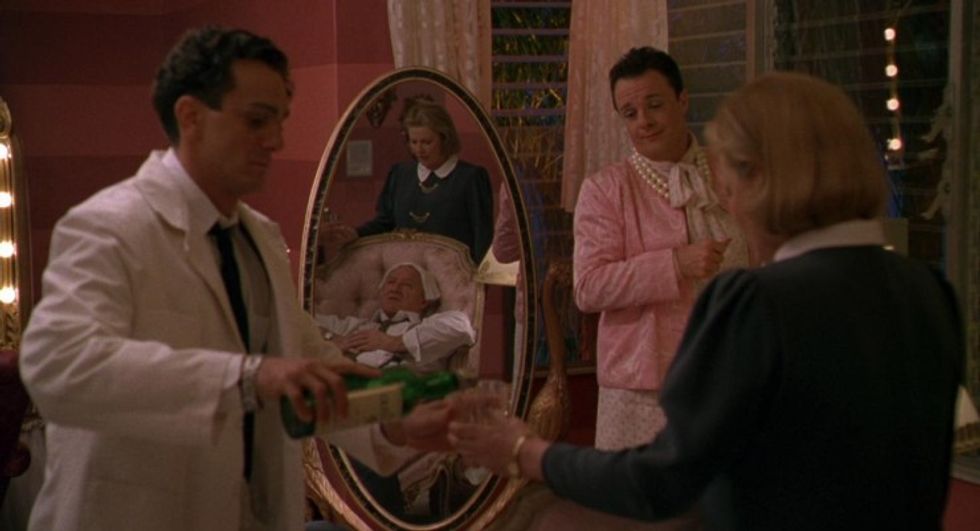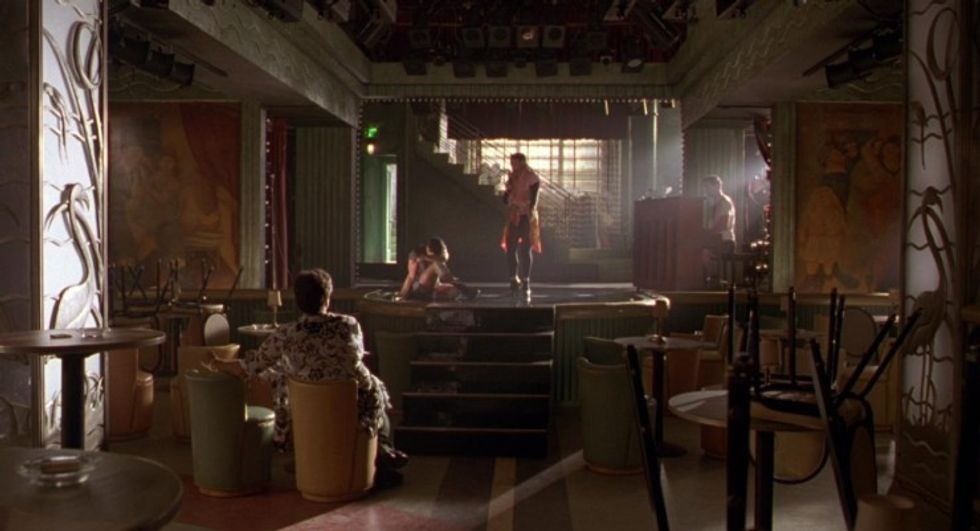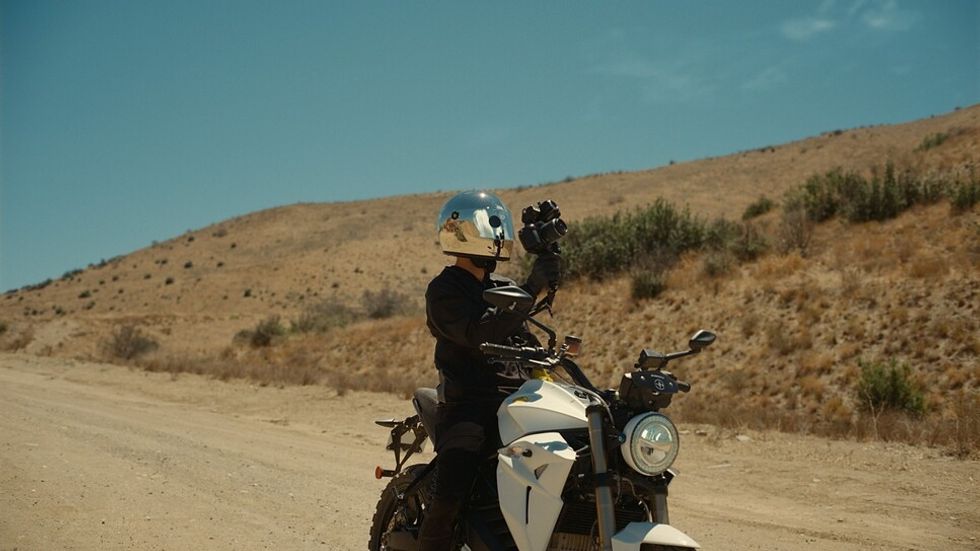3 Ways to Adapt a Stage Play for the Screen
Adapting a stage play can be challenging, but here are some tips and tricks to keep in mind.

You may have noticed that the adaptation is becoming ever more ingrained in the fabric of Hollywood. More and more of the projects that production companies choose to take on are based on existing intellectuals any filmmaker needs to understand maker to understand the complexities of adapting the source material.
Of course, there are different types of adaptations, and each requires a different approach.
When adapting any material, one must consider the medium for which the original work was intended. Here, we’re going to be specifically looking at some useful tips to approach adapting a stage play.
How to Adapt a Stage Play
Just as filmmakers consider the tools and limitations of their craft when creating a movie, playwrights do the same. For instance, with greater distance between performer and observer, actions and dialogue in plays can be exaggerated so that everyone in the audience can see and hear. There are no characters off-screen. It’s as though each scene is one continuous take from one continuous angle.
As Danny Boyd shows us in this CinemaStix video, the 1996 film The Birdcage is a great example of how a stage play can successfully be adapted for the screen. The film was adapted from the play La Cage aux Folles, written by Harvey Fierstein and Jean Poiret.
Elaine May, a prolific writer-director herself, adapted the play for the screen masterfully, and Mike Nicholas, who is an acclaimed film and stage directors of all time, directed the film.
The Birdcage is a family comedy about a gay cabaret owner and his drag queen companion who agree to put on a “straight” front so that their son can introduce them to his fiancé’s right-wing parents.
In Nichols and May’s version, names are changed, locations are moved, and politics re-contextualized, yet The Birdcage remains fundamentally a farce. This means the story needs enough space to play out its action and its comedy, just as if it were playing out on a stage.
Here are some of the choices Nichols made to ensure his adaptation of The Birdcage was translated to the screen.

Use Your Set as a Stage
It’s amazing what a director can achieve with one angle or one setup.
In The Birdcage, Nichols shot wide, allowing characters to play out their actions in a scene without cutting. He would use the set's natural depth to keep less pertinent characters in the background rather than out of frame, just like in a play. When it’s time for a long shot to end, it’s broken by either a match cut or by a new character entering the scene.
Rehearsal is Key
Like in theater, rehearsal was a huge part of Nichols’s process. He practiced with his cast for weeks before production began. He would allow his cast to improvise and adapt the shooting script later with some of those choices. When it then came time to shoot the movie, everyone had a complete understanding of precisely what they wanted to do and how they would do it.
If you want to shoot your action wide and continuous, this preparation is key because you don’t have to cut things up in the edit if something doesn’t work. This mimics the preciseness that a live play requires when there are no cuts, retakes, or coverage to choose from.

Improvisation is Your Friend
This precise preparation didn’t mean that Nichols wasn’t open to surprises.
Nichols had a rule on set. Once he was satisfied with a take, he would let his actors go off script. Some of the most iconic moments from the movie are improvised in the moment. So, too, in a play, you can’t simply break character if something goes wrong. In one instance from The Birdcage, Robin Williams falls over — a real accident — but he saved the scene by staying in character and improvising a hilarious moment that made it into the film.
“That to me is the essence of making a movie," Nicholas said. "You prepare like crazy and then you wait to discover what happens. Every day is a surprise. That’s the joy of making movies. You have to hope it’s a good surprise and that they got it on film.”
What other useful lessons can you think of for adapting source material? Let us know in the comments.
Source: CinemaStix






















